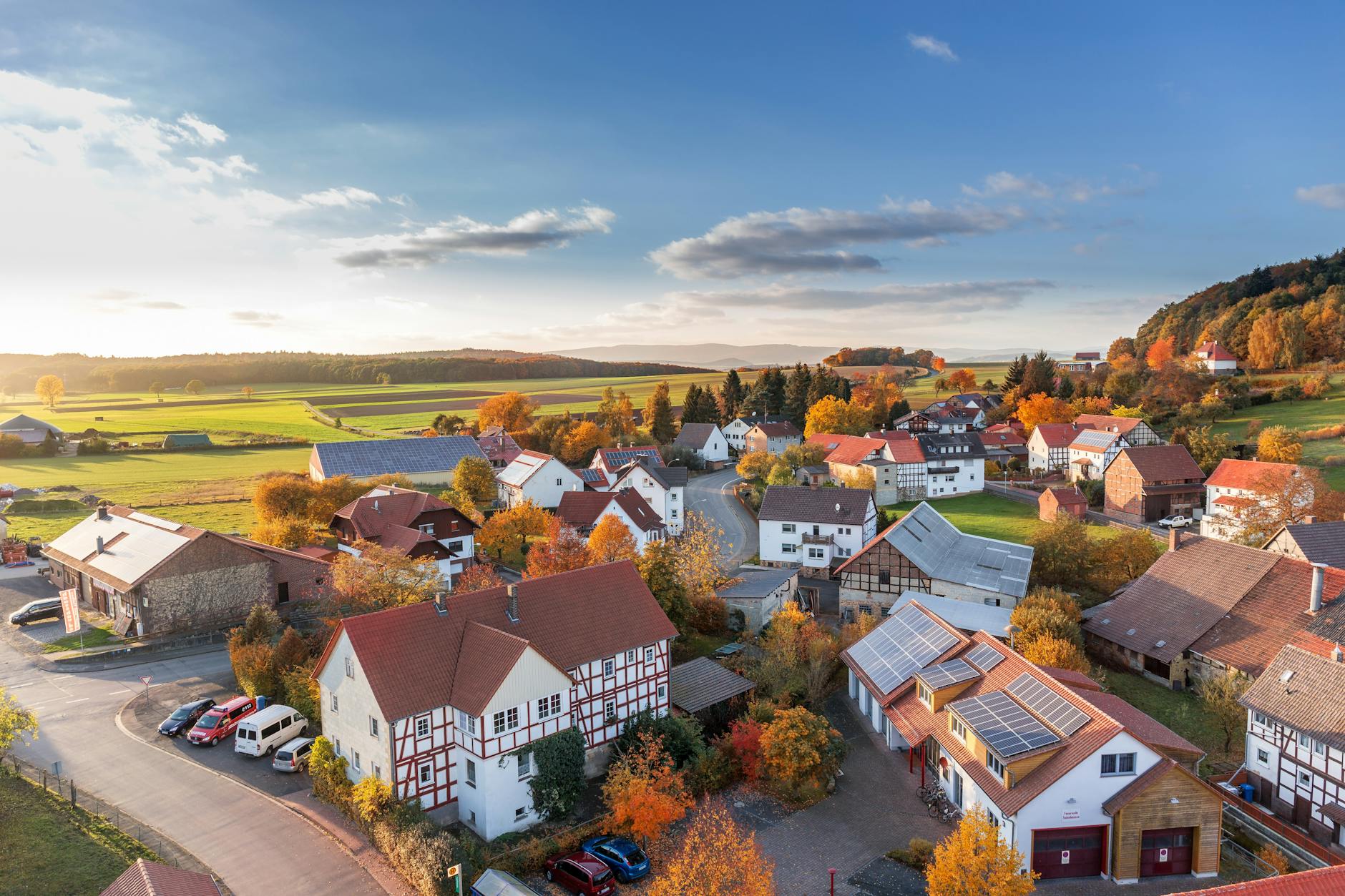5 Major Problems faced by Urban or City Life
1. Migration:
As already indicated, people migrate to towns/cities thanks to relatively better employment opportunities. In India, migration from rural to urban and concrete to rural is vital. The 1991 census data showed that in 17.7 percent of the cases, migration was rural to urban, and in 11.8 percent of cases, it had been urban to urban.
Analysis of intra-district migration (short-distance migration), inter-district or intra-state migration (medium-distance migration), and inter-state migration (long-distance migration) show that about 68 percent of migration is short-distance, 21 Percentage is medium distance and 11 percent is long-distance migration.
The entry of the agricultural poor into the town reduces the sources of revenue. On the opposite hand, rich people today like better to sleep in suburban areas. This movement of the loss of the rich causes to the town. This migration far away from the town and therefore the city aggravates the issues.
2. Industrial Development:
While the urban increase in India is 4 percent, the economic rate of growth is around 6 percent per annum . The Ninth Five Year Plan had an industrial rate of growth of 8 percent per annum . This growth was expected to require care of additional job requirements in cities. The tertiary sector also provides refuge to migrants, although their earnings remain at a coffee level.
3. Government's Management:
The administrative mismanagement of our cities is additionally liable for the filth during which the townsfolk find themselves. Municipal authorities haven't kept pace with the event of the town either spatially or in terms of management infrastructure.
There is neither desire nor ability to plan for the longer term . there's also no skill and skill to manage what exists. We cannot emerge from urban filth until we control the capacity of our cities ourselves. On the opposite hand, state governments also imposed several restrictions on local governments in raising the required funds to affect particular urban problems.
4. Defective Town Planning:
Another alarming factor of the overall decline within the standard of civil services is that the increasing sense of helplessness of our planners and administrators. Downward from the design Commission, there seems to be a fatal acceptance of the uncontrolled development of our metropolitan cities.
In fact, a member of the National Commission on Urbanization had expressed a sense that little or no is being done to try to to the event of cities in our country during a proper way.
5. Vested interest force:
The ultimate explanation for urban problems is inherent selfish forces that employment against the people but increase private commercial interests and profits. Residents of the town are usually powerless to influence decisions that elites make to advance their interests, power and profit.
When these powerful elites can make extra money , they adopt plans and programs, no matter what percentage people are hurt within the process. the simplest example of the role of vested interests was the relocation of a Officers who rejected the road of politicians, bureaucrats and petty officials for his or her inspired interests and demolished their unauthorized constructions.





![[Premium] La–Beauty Blogger Template Free Download](https://blogger.googleusercontent.com/img/a/AVvXsEg67j5OnLmQmcm7l4u7ycrp21wfWWlg4U_CZD2EG8ypX9P68d2x43iWpnqviuuRhYJMH9uMjEaqRVr1dib5w3wrSOsVV27Dj9GPNcWiGGU6vA1Ax1YS5LoI1wkWQp8EhrpdJu74AVoqonCbN4aFqCr-lSxR606aFblH3S-NxUGJ57wvER4Dw9qqwVT7Ag=w74-h74-p-k-no-nu)
